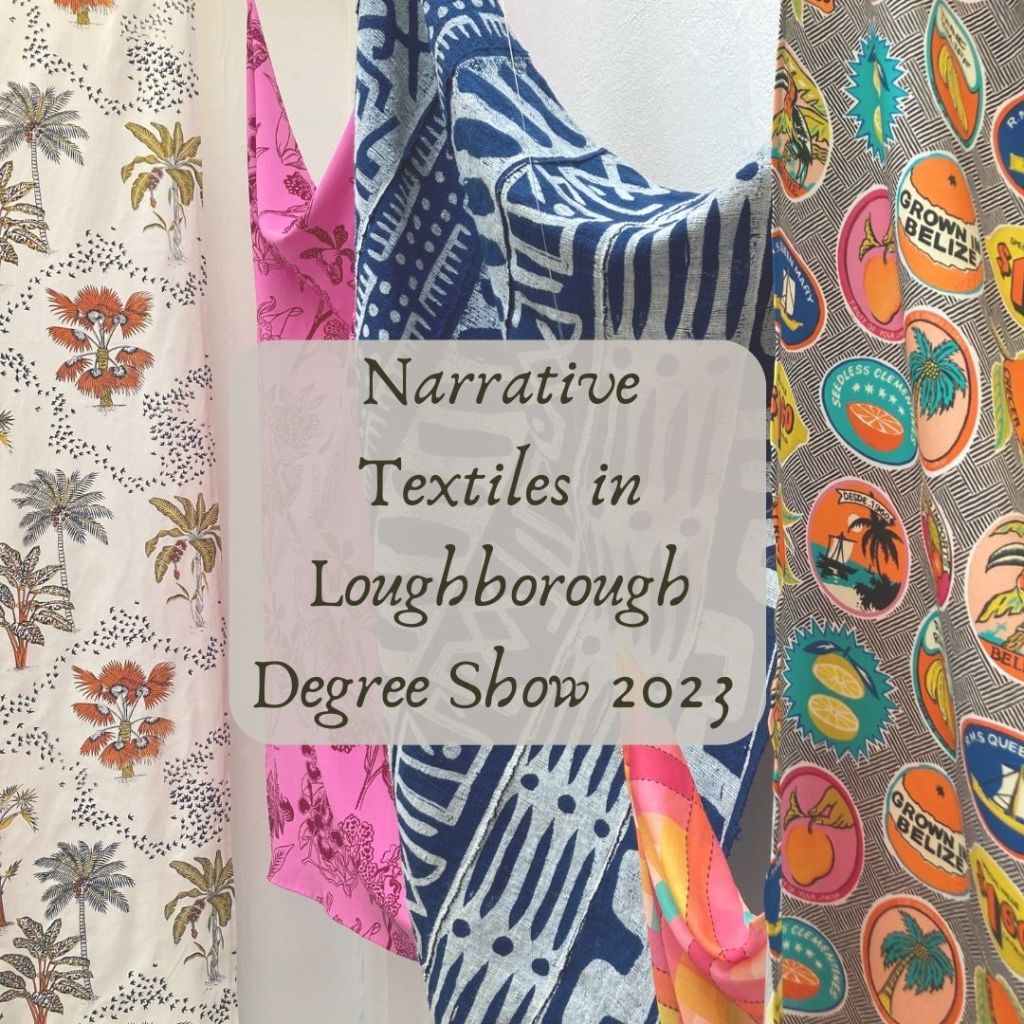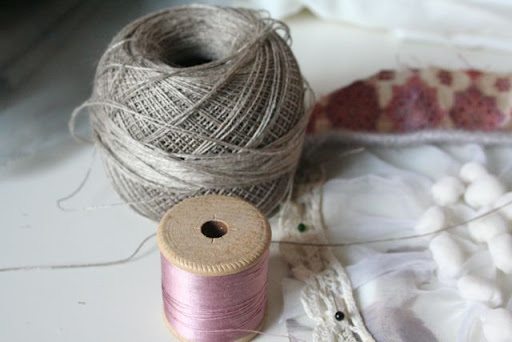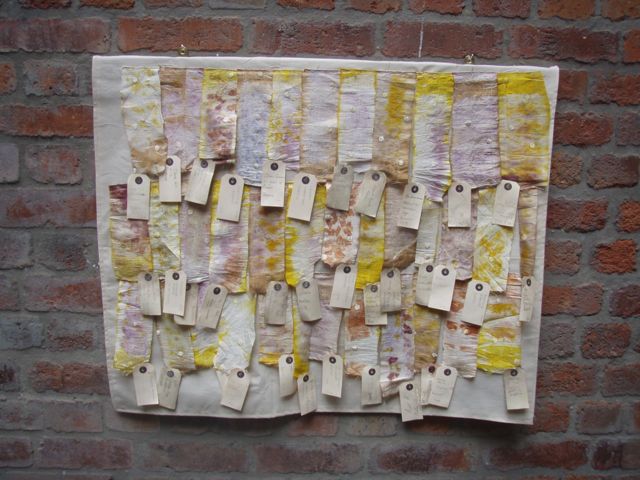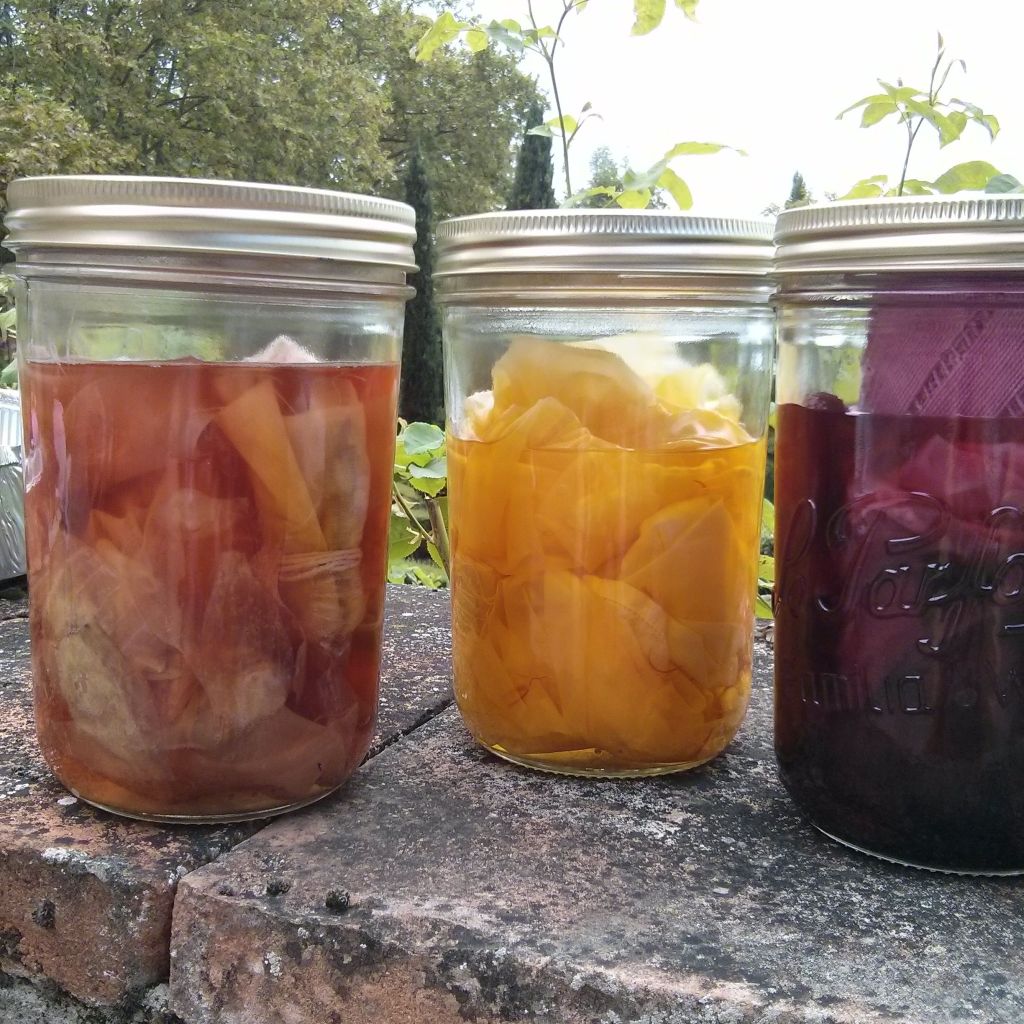Tag: natural dye
-

Narrative in textile practice
I look for the stories, the challenging subjects, the social justice, the personal and emotional research in creative practice all the time and am delighted when I find it. I recently visited the textile degree show at my local university, Loughborough, to see what the graduates have to say about why they are making what…
-

Interview and free trapunto tutorial
Earlier this year I was asked to make a project for DHG (Dyeing House Gallery), an Italian supplier for felting, dye and textile art supplies and I opted for a trapunto quilting project. Exploring their exciting catalogue of wool products was very inspiring and I chose the giant yarn with the idea of making HUGE…
-

Creating Stains
I have recently started a new collaboration with artist friend Gillian McFarland exploring stains and marks. It is incredibly liberating to just experiment and play, swapping ideas and techniques and to see where it takes us creatively, without a fixed goal or deadline. For me it is great to feel able to explore process and concepts…
-

-

Art Textiles course at West Dean College
Ruth Singer is teaching Art Textiles: making cloth with meaning at West Dean College 30th May – 2nd June 2016.
-

Masterclass Rescheduled 9&10 January
My weekend of creative experimentation workshops at NCCD has been rescheduled for 9th & 10th January, the final weekend of the exhibition Spend a weekend immersed in creative, slow, experimental techniques inspired by Ruth Singer’s work. The workshops include simple, experimental natural dye techniques, embroidery and using found objects. You can create a series of…
-
Daily Make (17)
This week I’ve started a new commission for Harefield Hospital . and made some dye bundles at the first community workshop The patchwork continues to grow (on the cat, as usual!) I rarely get a day just stitching, so attending a workshop on Indian embroidery was a real treat this week. …
-

The Art of Textiles Retreat in Italy
I’m very excited that I’ll be teaching a week-long textiles retreat in Tuscany, Italy this September with Made on Holiday. The week includes exploring antiques markets and museums for inspiration and four days of tuition, covering design development, embroidery, natural dye and fabric manipulation techniques. All of this will take place in a beautiful setting…
-

Community sustainable textiles project
I recently completed a short project for Sustainable Harborough using natural dyes and local plants to create a textile wall hanging for the local library. They asked me to propose a workshop for a town centre activity day which local people could join in with and result in something attractive and informative for display at…
-

Postcard from Chateau Dumas 1
I’m not long back from a glorious week teaching at Chateau Dumas. It is as wonderful as it looks. I’ve never had such a luxurious teaching experience! The Art of Textiles course covered masses of creative techniques over the course of 6 days and we started with my experimental and freestyle approach to natural dyes.…